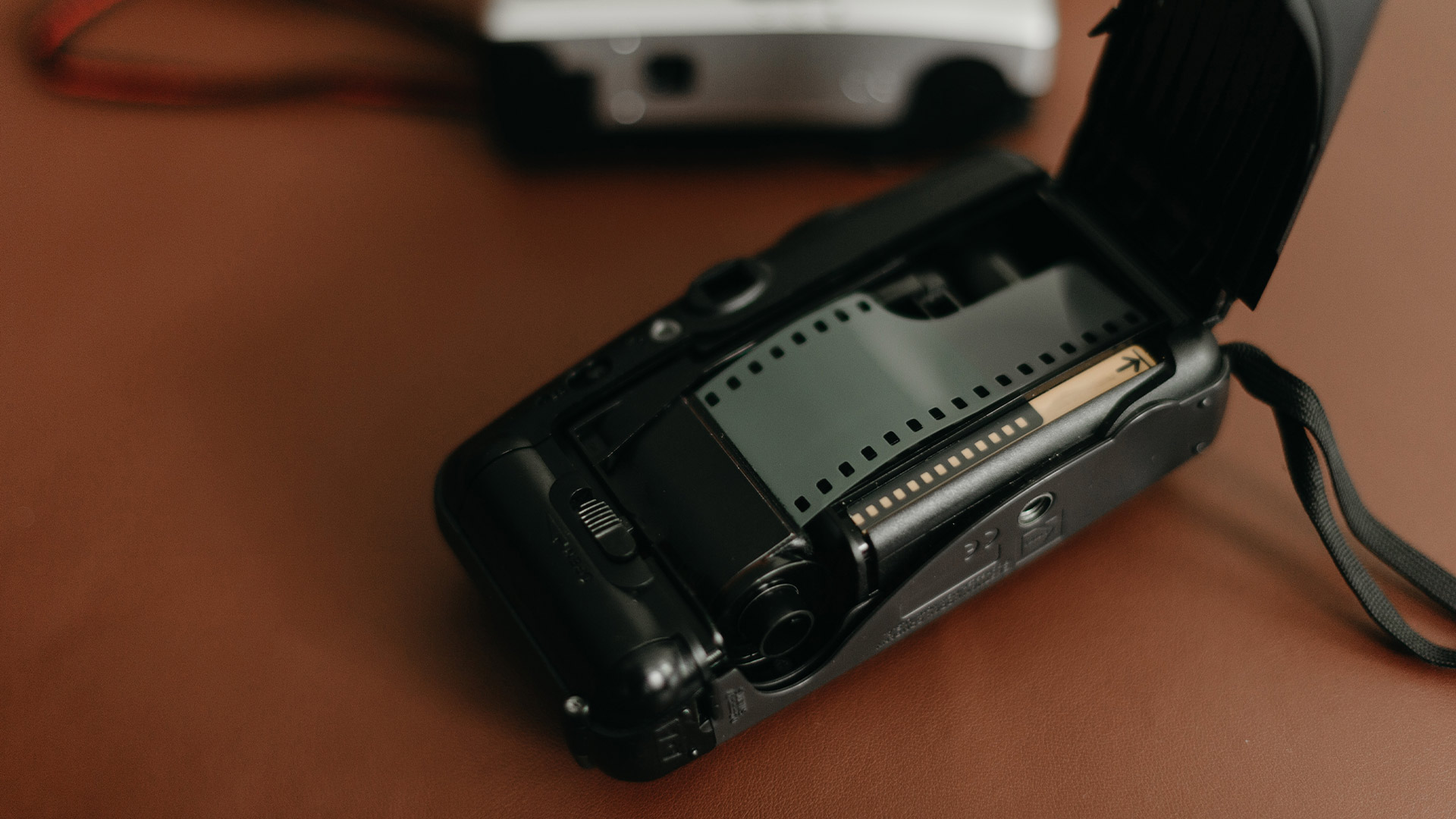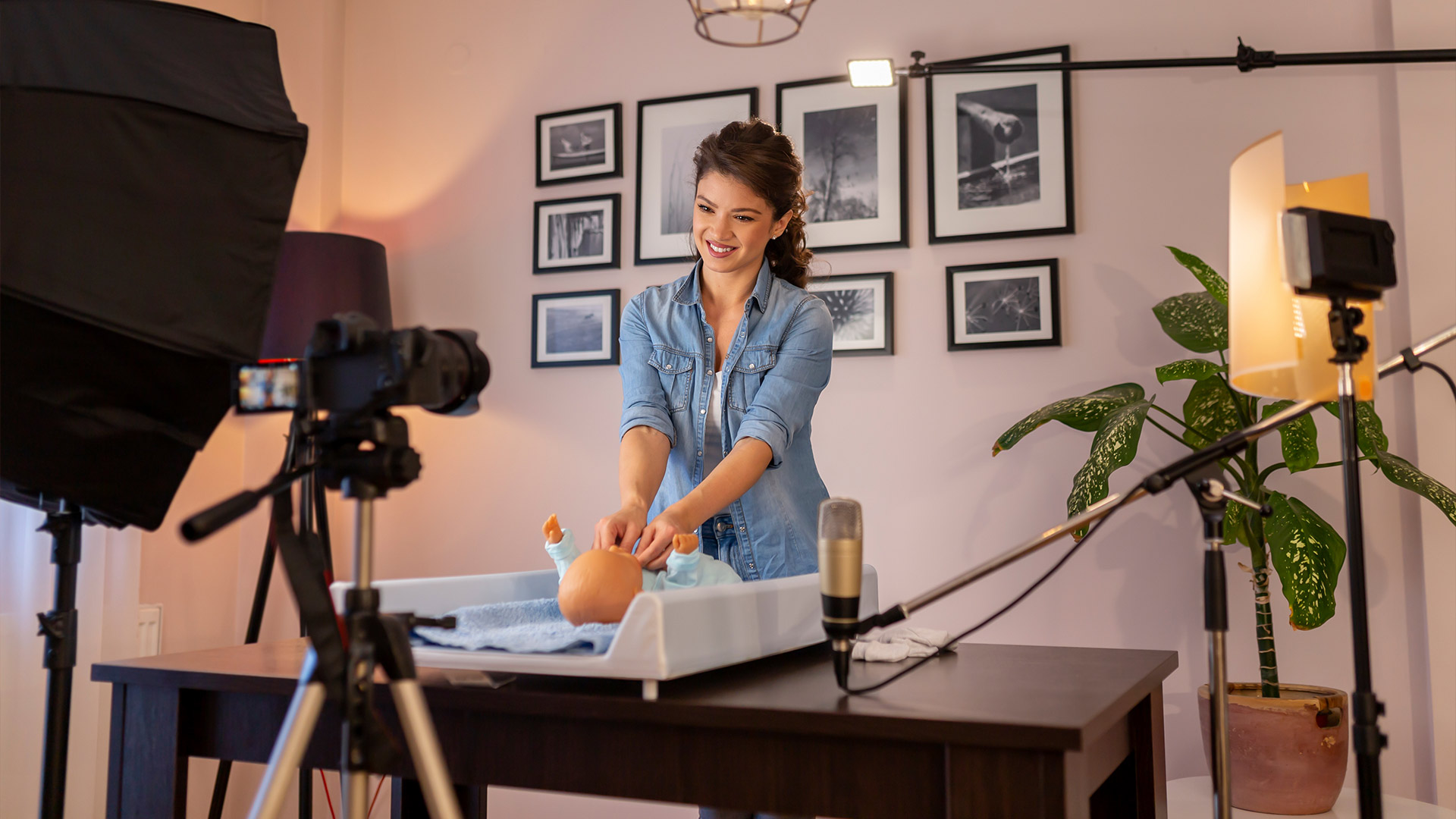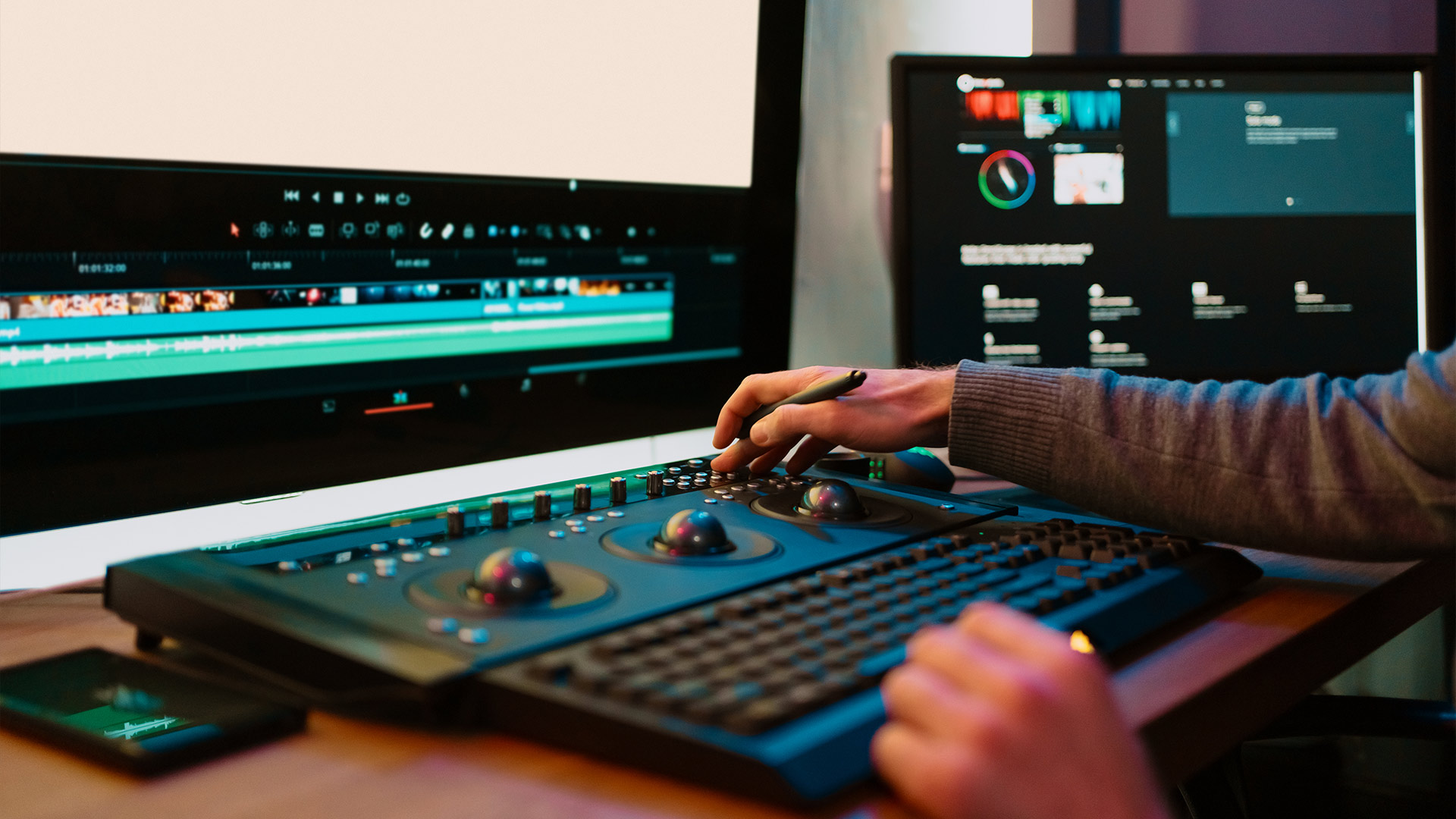If your short videos feel flat or repetitive, chances are they’re missing one magic ingredient: B-roll. That’s the extra footage—like close-ups of your hands working, your surroundings, or small background details—that helps tell a richer story.
Here’s the good news: you don’t need a fancy camera setup or film school degree to shoot effective B-roll. Your phone is plenty. What you really need is a plan and a few tricks to make it work for you.
What Is B-Roll and Why It Matters
B-roll is the footage that complements your main content, also called A-roll. So if your A-roll is you talking to the camera, your B-roll is everything else: the things you're talking about, related visuals, or atmospheric filler.
It adds energy, context, and sometimes clarity. Imagine talking about your coffee routine without showing the coffee. Or describing a product without showing how it works. Even a quick shot of pouring cereal can add texture to your story.
Most importantly, B-roll keeps your content from becoming a talking-head marathon. It resets the visual pace and makes people stick around longer.
When to Drop in B-Roll
Knowing when to use B-roll is just as important as knowing how. Here are the most common (and effective) moments to cut it in:
- When you're referencing something specific (a product, place, action)
- When there’s a pause, stutter, or jump cut in your A-roll
- To reset pacing between thoughts or scenes
- To match a sound effect or transition
- When you want to hint at a mood (cozy, chaotic, professional, etc.)
If your video feels like it’s dragging, B-roll can act like a visual refresh button.
Easy B-Roll Ideas You Can Film Anytime
You don’t need to leave your house or shoot in exotic places. Here are simple, evergreen B-roll shots you can film with your phone right now:
- Hands using a product
- Pouring coffee, water, cereal—any daily habit
- Slow pan of your desk, window, or workspace
- Close-up of feet walking, doors opening, lights turning on
- Typing, scrolling, or clicking a mouse
- Background street scenes from your window or doorstep
- Time-lapse of making food, packing a bag, doing makeup
The goal isn’t to impress—it’s to support. Show the small details that bring your story to life.
How to Make Phone Footage Look Better
Your phone is capable of great B-roll, if you handle it right. Here’s how to make it look clean and intentional:
Clean your lens
It sounds silly, but a quick wipe can fix 90% of “Why is this footage so blurry?” problems.
Use daylight
Stand near a window or shoot during the golden hour. Even budget phones shine in good light.
Keep it steady
If you don’t have a tripod, prop your phone up with books or lean against something stable. Wobbly B-roll is distracting.
Don’t zoom
Digital zoom reduces quality. Instead, move your phone closer or crop in post.
Record a few extra seconds
Even if you only need three seconds, shoot ten. You’ll thank yourself when editing.
Try slow motion
It makes even basic movements look smooth and intentional—like stirring a pot or zipping a bag.
Editing B-Roll Into Your Main Video
You’ve shot some solid B-roll—now what? Let’s get it into your edit:
- Use an editing app like CapCut, VN, or InShot
- Place your B-roll over the A-roll (as a cutaway) or replace the visual entirely
- Mute or reduce B-roll volume if you’re keeping your voice underneath
- Trim the B-roll to match pacing—short and snappy works best
- Time transitions or sound effects to match B-roll actions (like a whoosh on a pan)
Done right, the switch from A-roll to B-roll should feel invisible. It should flow, not feel like a gear shift.
Best B-Roll Types by Content Niche
Still stuck on what to film? Here’s a cheat sheet by niche:
Lifestyle vloggers: cooking, journaling, walking shots, coffee brewing
Tech reviewers: unboxing, screen swipes, button presses, keyboard taps
Fitness creators: stretching, water bottle filling, lacing shoes, gym bag prep
Food creators: ingredient close-ups, chopping, stirring, final plating
Tutorials/educators: screen recordings, notetaking, diagrams
Fashion/beauty: outfit pan shots, texture close-ups, makeup swatches
Notice a theme? It's all about hands, movement, texture, and environment.
Organizing B-Roll Like a Pro
After a few shoots, your camera roll becomes chaos. Avoid the scroll-panic by organizing your footage from the start:
- Create folders by topic: “coffee shots,” “city b-roll,” “tech demos”
- Rename files when you offload them so you don’t forget what’s what
- Backup to Google Drive, Dropbox, or an external drive
- Keep a go-to stash of reusable clips (your audience won’t care if you reuse that same keyboard shot in five videos)
Over time, you’ll have your own B-roll library—ready to plug into any project.
The Unspoken Perks of Using B-Roll
People might not comment “Wow, nice B-roll!” but they will notice the feel. It shows that you care about your content. That you’re not just winging it. That you know how to show rather than tell.
It also makes editing easier. Instead of obsessing over every word or trying to stitch together choppy talking footage, you can mask those gaps with beautiful visuals.
Plus, it keeps your face off-screen the whole time, which gives the viewer’s eyes a break. Especially helpful if you're camera-shy, too.




